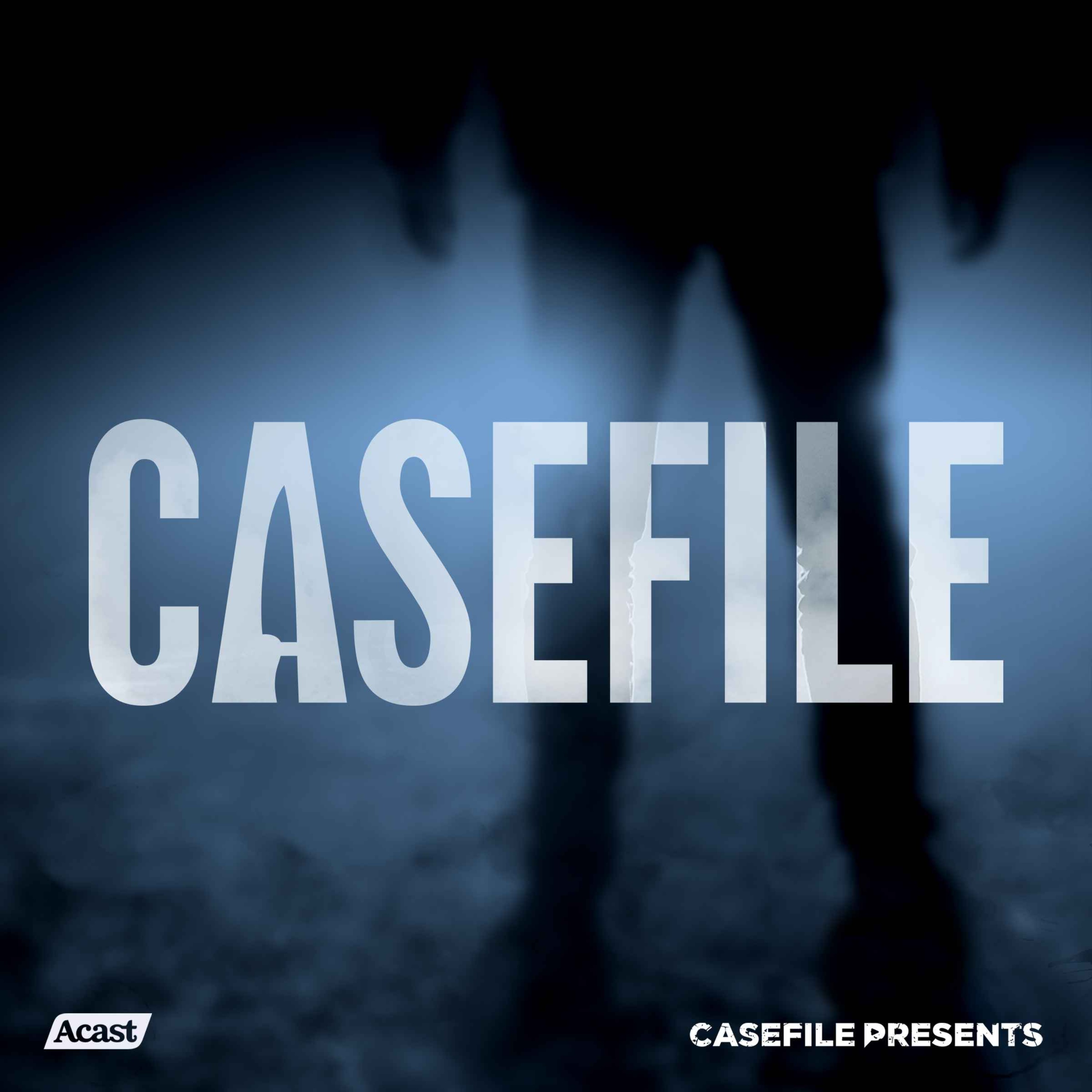Hiroshima: As It Happened
Enola Gay mission details and the Little Boy bomb: step-by-step account
This episode reconstructs the Enola Gay mission on August 6, 1945, describing how the 509th Composite Group prepared on Tinian, the aircraft and crew roles, and the technical assembly and arming of the uranium gun-type device known as Little Boy. It explains why the bomb was armed in flight, how weather reconnaissance shaped target selection, and how the visual drop unfolded over Hiroshima.
Manhattan Project context and bomb design specifics
The episode situates Little Boy within the Manhattan Project narrative, from the Trinity test in New Mexico to the logistics of shipping components and assembling the bomb on Tinian. It compares the Little Boy uranium gun-type design with the plutonium implosion Fat Man, clarifying yield, materials, and why all available U-235 was used.
On-the-ground eyewitness narratives and civic impact
Through the navigator Dutch Van Kirk’s cockpit memories and Mayor Senkichi Iwaiya’s family account, listeners hear vivid, human-scale testimony. The podcast details immediate effects—fireball, blast wave, mushroom cloud, black rain—and the collapse of Hiroshima’s hospitals, communications, and civil administration.
Aftermath, casualties and long-term consequences
Listen for casualty estimates, the mechanics of radiation injury, and the phenomena of shadows and melted artifacts now displayed in memorials. The episode links immediate deaths to later radiation fatalities and explains how the bombings influenced Japan’s surrender and the end of World War II.
Ethical dilemmas and historical interpretation
The conversation interrogates competing interpretations: the decision as a pragmatic move to avert Operation Downfall’s projected casualties versus the moral costs of targeting civilian population centers. It explores how the bombings inaugurated the nuclear era and shaped Cold War strategy and arms development.
Key takeaways include:- Operational secrecy, crew training, and the precise mission choreography that enabled the Enola Gay sortie.
- Technical distinction between Little Boy and Fat Man and their respective destructive yields.
- The human consequences—immediate and delayed—documented through survivor testimony and civic records.
- Historical debates over necessity, proportionality, and the geopolitical signaling to the Soviet Union.
Combining military archive detail with harrowing civilian testimony, the episode offers both a procedural reconstruction and a sober reflection on how a single weapon reshaped human history.




